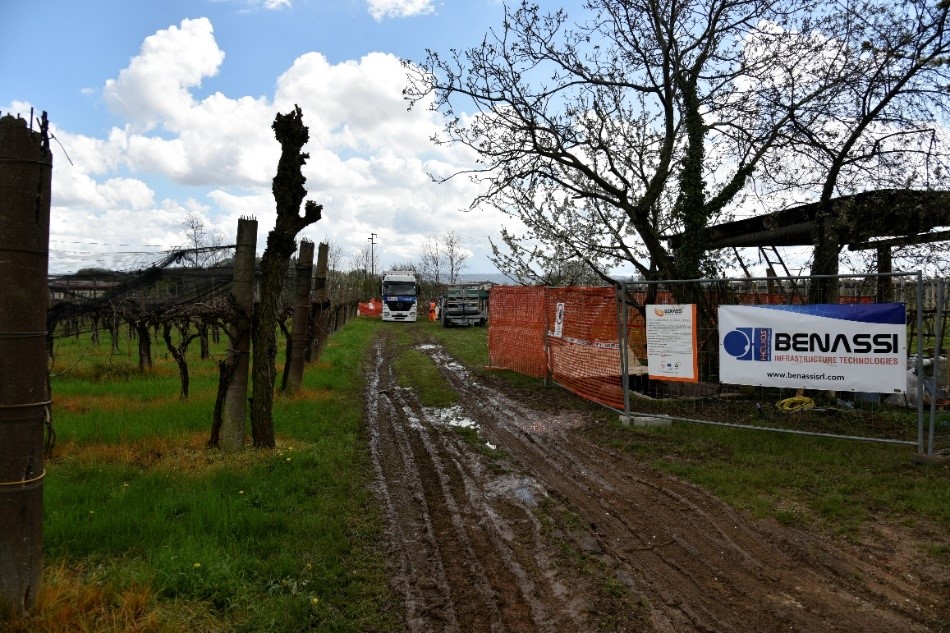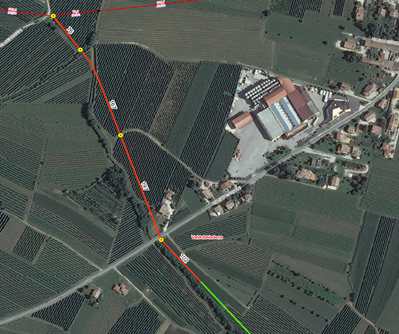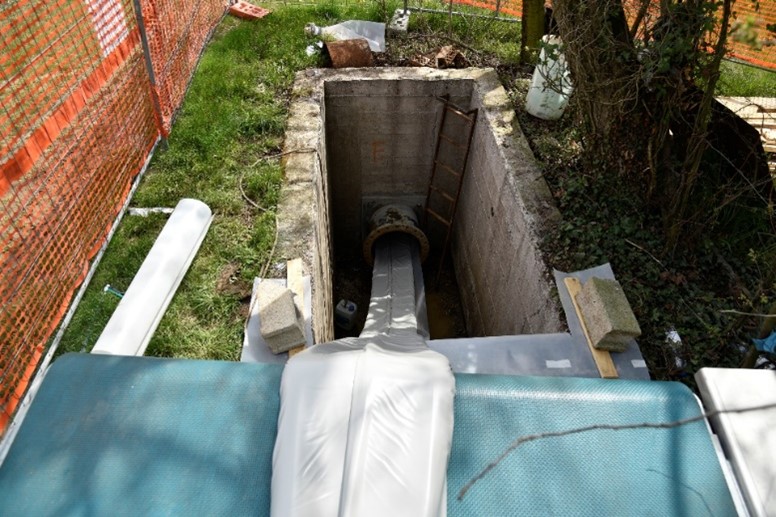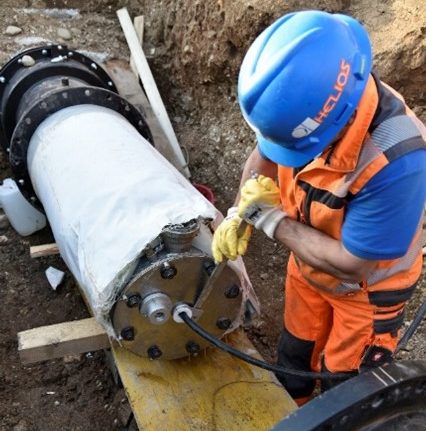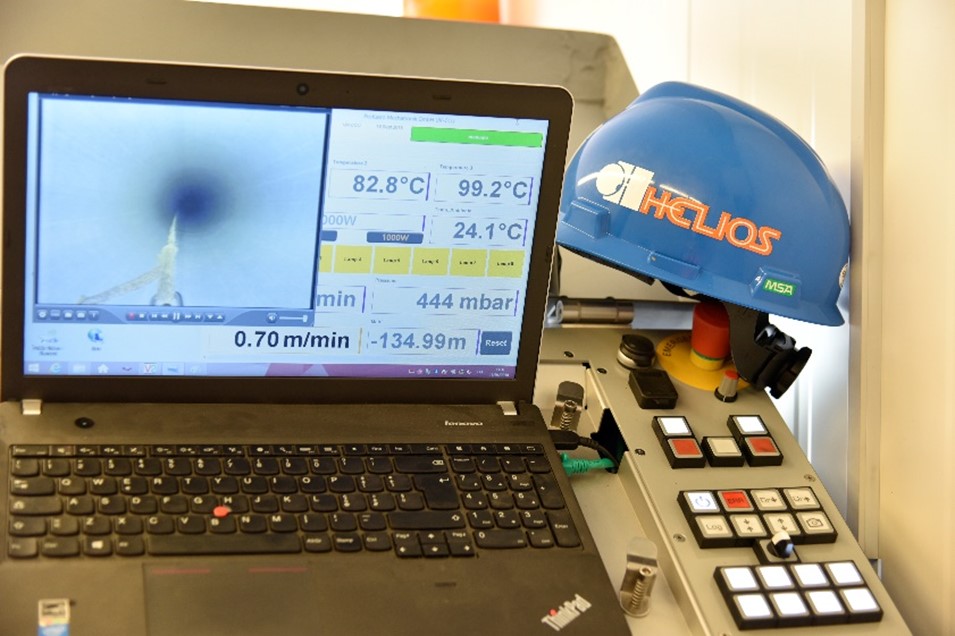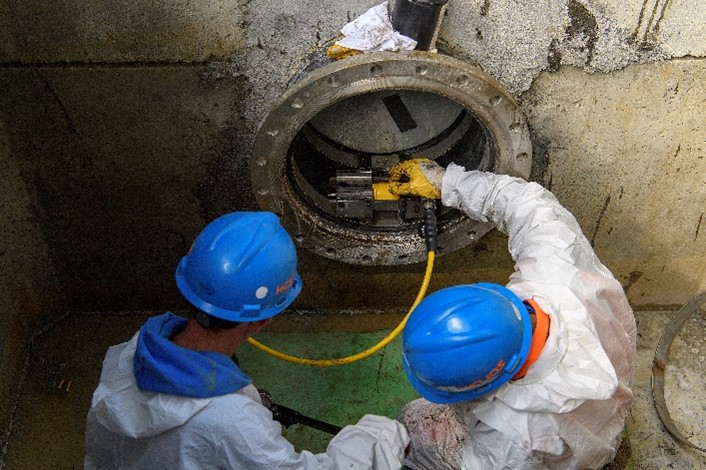Trenchless applications for pressurised irrigation systems- Quartier del Piave
Trenchless rehabilitation to safeguard the age-old grape varieties of Valdobbiadene
Interventions targeted on refurbishing network infrastructure by employing non-invasive technologies or methods with low environmental impact have now provided ample proof of their effectiveness compared to the use of traditional techniques, especially when the work must be performed in complex surroundings, such as highly built-up areas.
Use of trenchless technologies has not only proved to be the winning choice in such cases, but also in rural areas when the work affects particularly outstanding locations, such as the rehabilitation interventions that involved the “Quartier del Piave” rainwater irrigation system.
Since the pipeline leaked and needed to be repaired and methods of the traditional type requiring excavations to replace it would have disrupted private agricultural land on which rows of grape vines were planted, the principal decided upon an efficient approach and opted for a trenchless solution: rehabilitate the pipeline using No-Dig technology via the CIPP method with access points to the pipeline outside the crop-growing areas, the only places where excavations were required.
The job involved an overall 600 m length of pipe to be rehabilitated using the UV-CIPP technique, i.e., a sheath totally made of fibreglass impregnated by polyester resin was pulled into the pipe by hydraulic winches. Once it had been inserted into the pipe, the sheath was inflated by compressed air until it adhered to the pipe wall and was then hardened (polymerised) by passing a train of UV lamps through it.
Since the pipeline was pressurised in this case and subject to 5-bar operating pressure, we used a sheath specifically developed for rehabilitating pressure pipes, in such a way as to ensure pressure tightness up to 11.6 bars.
Stages of completion
Installation of special pieces, flanged at the ends, required for re-connecting and installing seals between the liner and rehabilitated pipe. As the work involved a reinforced concrete pressure pipe, after sectioning we had to solve the problem of re-connection once rehabilitation had terminated.
To do this, we used special pieces of the “CIPP Joint” type, which facilitated re-connection thanks to their flanged ends, besides providing sufficient radial strength when the seals straddling the liner and rehabilitated pipe were installed.
The liner was pulled into the pipe by a hydraulic winch with the aid of a conveyor belt. Use of the conveyor belt facilitated the insertion work since it played out the folds of the liner and guided it down into the excavation or trap. A total of four launches were performed, characterised by the following pipe lengths: 60, 175, 185, 180 m.
The end seals were installed after the ends of the liner around the packers had been trimmed. Formed by an EPDM rubber band and stainless-steel pull straps, the seals prevent water from infiltrating between the liner and pipe and are installed by using special hydraulic ram systems to tension the pull straps once they have been seated on the rubber part. The radial tension which develops leads to stress on the pipeline and fully justifies the use of “CIPP Joints” at the ends to prevent the tensioning from affecting old portions of the pipe and causing cracks to form.
Preliminary cleaning of pipeline by canal jet aided by a gully cleaner. Invasive actions were not required to clean the pipe since its internal condition was good.
Achieved by inflating the liner so that it pressed against the pipe after installing packers and inserting a train of UV lamps (eight 1000 W lamps) inside the sheath. The speed and curing parameters were monitored by a mobile curing controller. Use of this technique enabled us to guarantee an optimum final result.
Achieved by installing flanged stub ends made of steel. Since this particular system also included offtakes, special re-connecting elements were also created to restore the lateral connection.
The rehabilitation solution employed here enabled us to obtain unprecedented efficiency both as to lead times and regarding the level of invasiveness since, thanks to use of UV-CIPP technology, the only excavations required were made entirely within limited areas and in the absence of grape vines.
Once again, we were able to demonstrate how professional use of trenchless technologies applied to refurbishment of water supply infrastructure can make all the difference to the quality of the final result compared to a job performed using traditional techniques.
